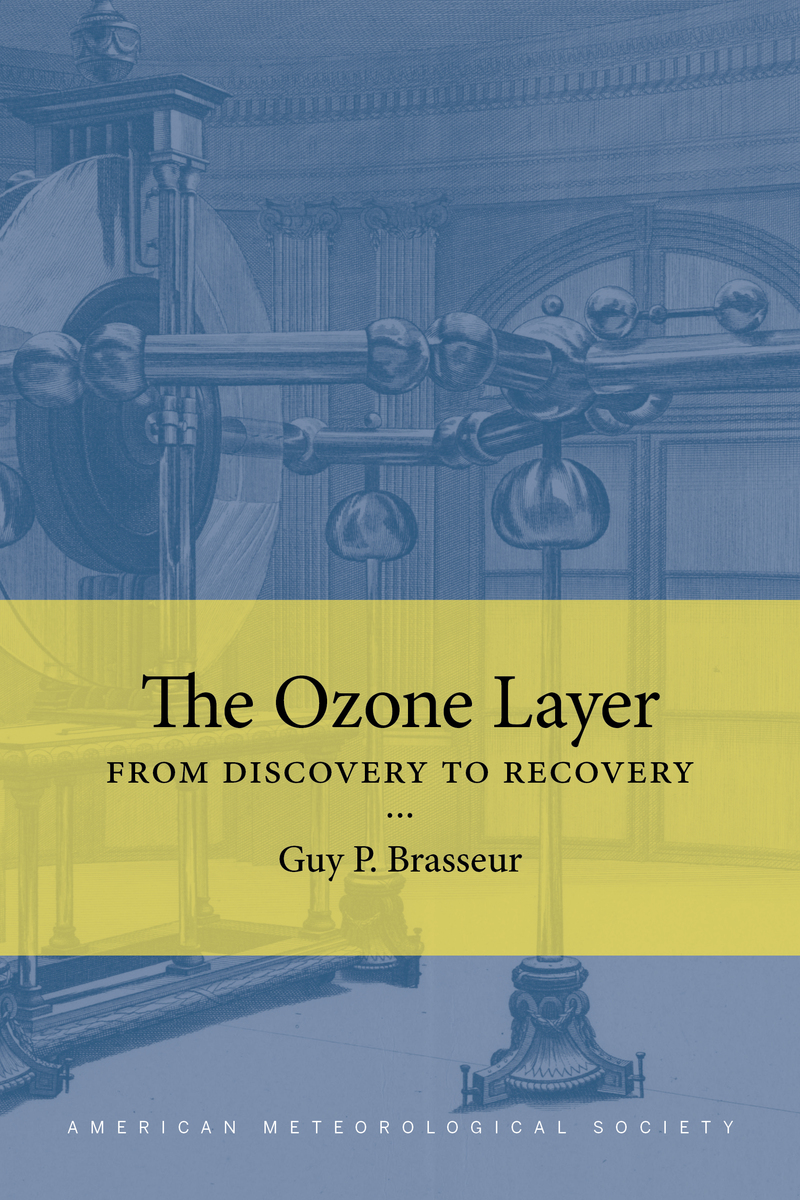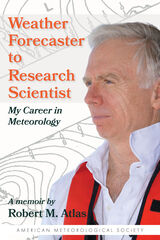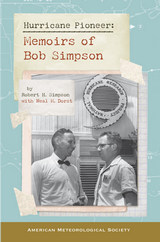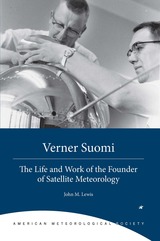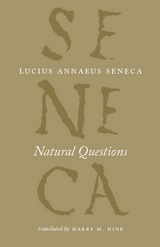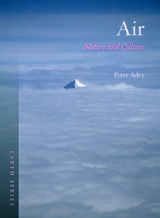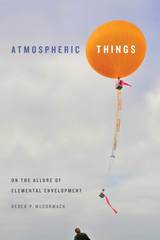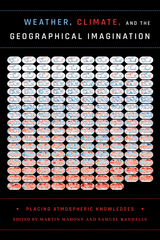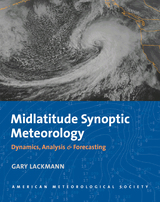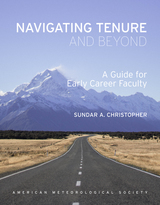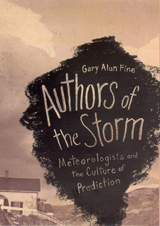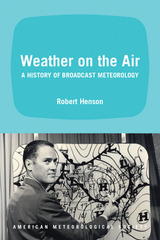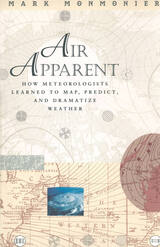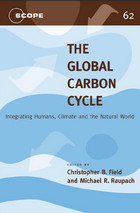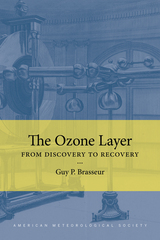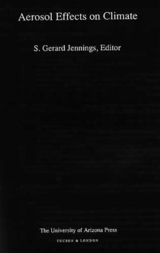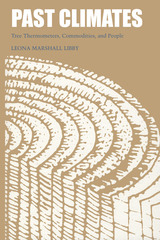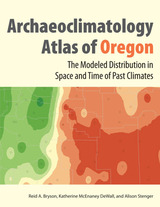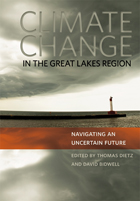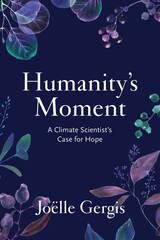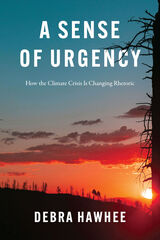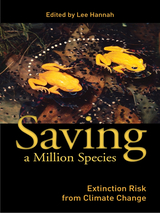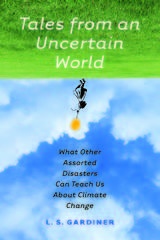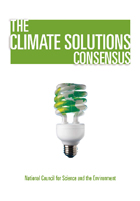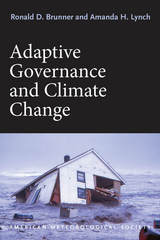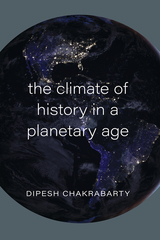The Ozone Layer: From Discovery to Recovery
American Meteorological Society, 2020
Paper: 978-1-944970-54-3 | eISBN: 978-1-944970-55-0
Library of Congress Classification QC881.2.O9B73 2019
Dewey Decimal Classification 551.5142
Paper: 978-1-944970-54-3 | eISBN: 978-1-944970-55-0
Library of Congress Classification QC881.2.O9B73 2019
Dewey Decimal Classification 551.5142
ABOUT THIS BOOK | AUTHOR BIOGRAPHY | TOC
ABOUT THIS BOOK
From the discovery of ozone in the eighteenth century, through the late twentieth-century international agreements to protect humanity from the destruction of ozone in the stratosphere, Guy P. Brasseur traces the evolution of our scientific knowledge on air quality issues and stratospheric chemistry and dynamics. The history of ozone research is marked by typical examples of the scientific method at work, perfectly illustrating how knowledge progresses. Hypotheses are contested and then eventually accepted or rejected; truths once believed to be universal and permanent can be called into question; and debates and disagreements between scientists are settled by information from laboratory and field experiments. Of course, the scientific method can also lead to new observations—in this case, the discovery of the ozone hole. This finding took researchers by surprise, leading to new investigations and research programs.
This first complete study of ozone research demonstrates the key role fundamental research plays in solving global environmental, climate, and human health problems. More importantly, it shows that the scientific method works. Convincing decision makers of research results that do not correspond to their values, or to the interests of certain business groups, stands to be the highest hurdle in using science to benefit humanity. Students, early-career scientists, and even specialists who do not know much about the history of their field will benefit from this big picture view, offered by a researcher who has played leadership roles in stewarding this science through decades of discovery.
This first complete study of ozone research demonstrates the key role fundamental research plays in solving global environmental, climate, and human health problems. More importantly, it shows that the scientific method works. Convincing decision makers of research results that do not correspond to their values, or to the interests of certain business groups, stands to be the highest hurdle in using science to benefit humanity. Students, early-career scientists, and even specialists who do not know much about the history of their field will benefit from this big picture view, offered by a researcher who has played leadership roles in stewarding this science through decades of discovery.
See other books on: Chemistry | Discovery | Environmental Science | Ozone layer depletion | Recovery
See other titles from American Meteorological Society
